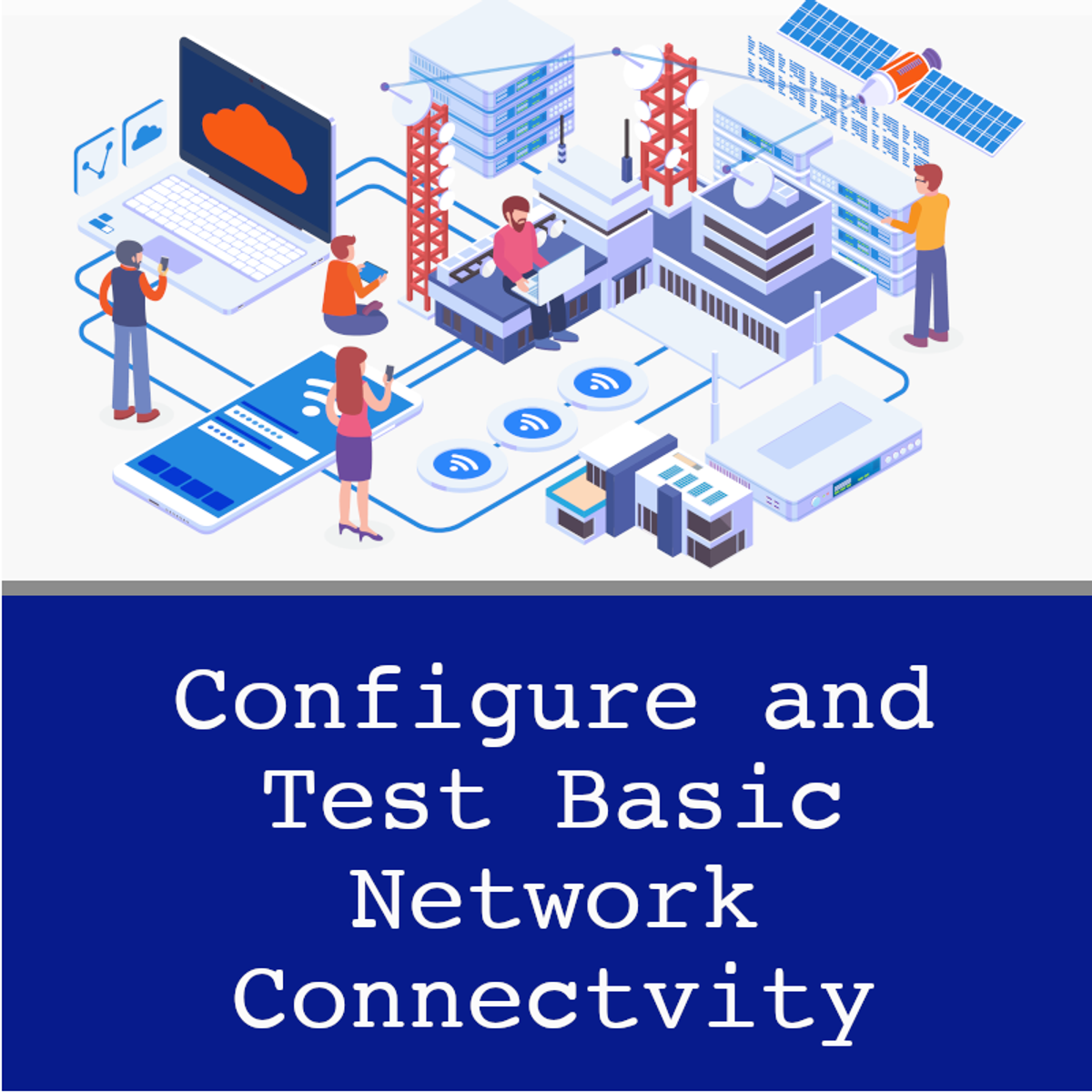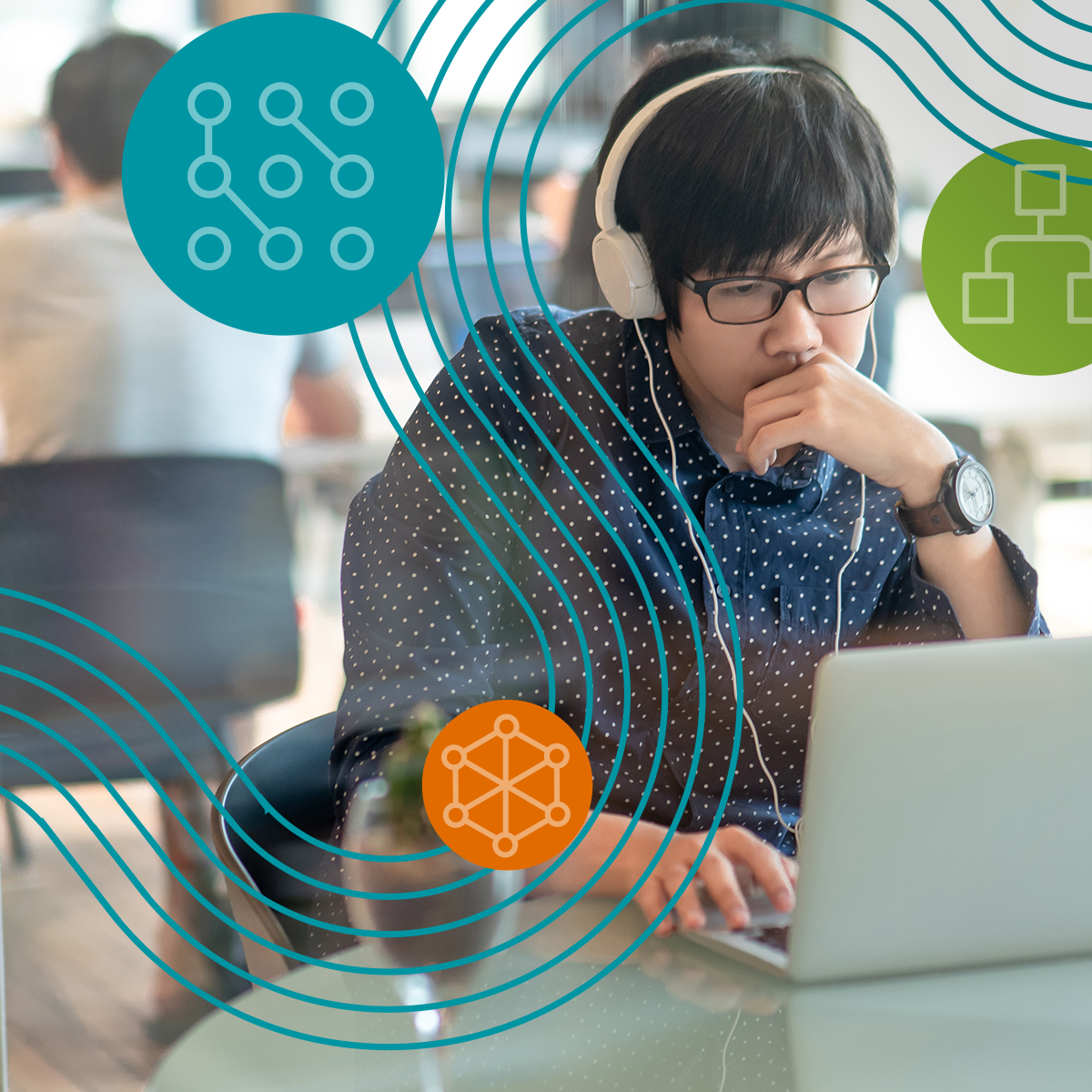Back to Courses









Computer Security And Networks Courses - Page 24
Showing results 231-240 of 277

Incident Response, BC, and DR Concepts
Welcome to course 2 of 5 of this Specialization, Incident Response, BC, and DR Concepts.
This course focuses on the availability part of the CIA triad and the importance of maintaining availability of both human and system resources. These are usually accomplished through the implementation of Incident Response (IR), Business Continuity (BC) and Disaster Recovery (DR) plans. While these three plans may seem to overlap in scope, they are three distinct plans that are vital to the survival of any organization.
After completing this course, the participant will be able to:
Explain how organizations respond to, recover from and continue to operate during unplanned disruptions.
- Recall the terms and components of incident response.
- Summarize the components of a business continuity plan.
- Identify the components of disaster recovery.
- Practice the terminology of and review incident response, business continuity and disaster recovery concepts.
Agenda
Course Introduction
Module 1: Incident Response (IR)
Module 2: Business Continuity (BC)
Module 3: Disaster Recovery (DR)
Module 4: Incident Response, Business Continuity, and Disaster Recovery Review
This training is for IT professionals, career changers, college students, recent college graduates, advanced high school students and recent high school graduates looking to start their path toward cybersecurity leadership by taking the Certified in Cybersecurity entry-level exam.
There are no prerequisites to take the training or the exam. It is recommended that candidates have basic Information Technology (IT) knowledge. No work experience in cybersecurity or formal education diploma/degree is required.

Symmetric Cryptography
Welcome to Symmetric Cryptography!
Symmetric cryptography relies on shared secret key to ensure message confidentiality, so that the unauthorized attackers cannot retrieve the message. The course describes substitution and transposition techniques, which were the bases for classical cryptography when the message is encoded in natural language such as English. Then, we build on product ciphers (using both substitution and transposition/permutation) to describe modern block ciphers and review the widely used cipher algorithms in DES, 3-DES, and AES. Lastly, we enable the use of block ciphers to support variable data length by introducing different modes of block cipher operations in ECB, CBC, CFB, OFB, and CTR modes.
This course is cross-listed and is a part of the two specializations, the Applied Cryptography specialization and the Introduction to Applied Cryptography specialization.

Managing Network Security
Almost every organization uses computer networks to share their information and to support their business operations. When we allow network access to data it is exposed to threats from inside and outside of the organization. This course examines the threats associated with using internal and external networks and how to manage the protection of information when it’s accessible via networks.
In this course, a learner will be able to:
● Describe the threats to data from information communication technology (ICT)
● Identify the issues and practices associated with managing network security
● Identify the practices, tools, and methodologies associated with assessing network security
● Describe the components of an effective network security program

Teaching Impacts of Technology: Data Collection, Use, and Privacy
In this course you’ll focus on how constant data collection and big data analysis have impacted us, exploring the interplay between using your data and protecting it, as well as thinking about what it could do for you in the future. This will be done through a series of paired teaching sections, exploring a specific “Impact of Computing” in your typical day and the “Technologies and Computing Concepts” that enable that impact, all at a K12-appropriate level.
This course is part of a larger Specialization through which you’ll learn impacts of computing concepts you need to know, organized into 5 distinct digital “worlds”, as well as learn pedagogical techniques and evaluate lesson plans and resources to utilize in your classroom. By the end, you’ll be prepared to teach pre-college learners to be both savvy and effective participants in their digital world.
In this particular digital world (personal data), you’ll explore the following Impacts & Technology pairs --
Impacts (Show me what I want to see!): Internet Privacy, Custom Ads, Personalization of web pages
Technologies and Computing Concepts: Cookies, Web vs Internet, https, Web Servers
Impacts (Use my data…. But protect it!): Common Cybersecurity knowledge levels, ISP data collection, Internet design, finding out what is known about you online, software terms and services
Technology and Computing Concepts: DNS, Cryptography (ciphers, hashing, encryption, SSL), Deep and Dark Web
Impacts (What could my data do for me in the future?): What is Big Data, Machine Learning finds new music, Wearable technologies.
Technology and Computing Concepts: AI vs ML, Supervised vs Unsupervised learning, Neural Networks, Recommender systems, Speech recognition
In the pedagogy section for this course, in which best practices for teaching computing concepts are explored, you’ll learn how to apply Bloom’s taxonomy to create meaningful CS learning objectives, the importance of retrieval-based learning, to build learning activities with online simulators, and how to use “fun” books to teach computing.
In terms of CSTA K-12 computer science standards, we’ll primarily cover learning objectives within the “impacts of computing” concept, while also including some within the “networks and the Internet” concepts and the “data and analysis” concept. Practices we cover include “fostering and inclusive computing culture”, “recognizing and defining computational problems”, and “communicating about computing”.

The Foundations of Cybersecurity
In order to manage the cybersecurity function business, you must first understand its language and its environment. This course covers the foundations of cybersecurity, including threats and vulnerabilities as well as the tools, technologies, and strategies used to manage it.
After completing this course, a learner will be able to:
● Define key concepts and terminology in Cybersecurity
● Identify threats to cybersecurity
● Identify strategies to identify and remediate vulnerabilities in information assets
● Identify the systemic components (including personnel) necessary for an effective cybersecurity program

Configure and Test Basic Network Connectivity
Welcome to this guided project about Configuring and Testing Basic Network Connectivity
This project is designed for IT security professionals and aspiring network engineers.
To succeed in this project, it’s recommended to have a good background in computer networks.
A Cisco networking academy ID is also required to use the Packet Tracer in this project.
In this project, you will configure and test basic network connectivity by managing configuration on Cisco devices such as IP addresses, virtual interfaces, and DHCP servers and verifying end-to-end network connectivity.
By the end of this project, you will be able to configure small-size computer networks and test their end-to-end connectivity.
This project is one of a kind because it teaches foundational computer network skills to beginners and professionals alike. Moreover, it is based on an entirely simulated environment where learners can practice as if they have access to real devices.

Cryptography
This course will introduce you to the foundations of modern cryptography, with an eye toward practical applications.

Check Point Jump Start: Cloud Security
Check Point CloudGuard, a comprehensive cloud security portfolio, is designed to prevent the latest fifth generation (Gen V), multi-vector cyberattacks targeting enterprise cloud services
Section 1: Overview of CloudGuard Product line
In this course you will learn about cloud security challenges and what different Check Point CloudGuard product line can be used to protect your cloud environment.
How to Secure your Cloud Environment
Cloud Challenges
Security in the Cloud
What is CloudGuard
Security with CloudGuard
Section 2: CloudGuard Network security solution
In this course we will analyze how CloudGuard Network Security product solution is used to security your cloud posture.
Understanding Cloud Security Fundamentals
CloudGuard Solutions
CloudGuard Components
CloudGuard Segmentation
Section 3: CloudGuard Network Security Product Labs
In this course we will learn how to deploy a CloudGuard Network Security solution in the Azure Cloud.
Deploying a CloudGuard Network Security Solution
Building an Azure Private Cloud Environment
Deploy Check Point R80.40 Management Server
Deploy CloudGuard Gateway
Deploy a Web Server Part1
Deploy a Web Server Part2
Connecting CloudGuard Controller
Check Point Company Overview
Check Point Software Technologies Ltd. is a leading provider of cyber security solutions to governments and corporate enterprises globally. Its solutions protect customers from 5th generation cyber-attacks with an industry leading catch rate of malware, ransomware and other types of attacks. Check Point offers multilevel security architecture, “Infinity” Total Protection with Gen V advanced threat prevention, which defends enterprises’ cloud, network and mobile device held information. Check Point provides the most comprehensive and intuitive one point of control security management system. Check Point protects over 100,000 organizations of all sizes.
With Check Point Infinity, the only consolidated cyber security solution across cloud, networks, endpoints, mobile and IoT, we are continuously pioneering cyber security innovation with the most advanced AI-based threat Intelligence and prevention technologies, unified security management, and cloud security automation to help protect organizations from 6th generation of cyber attacks.
With over 3,500 security experts, a world-acclaimed research and intelligence unit, and the broadest ecosystem of business and technology partners, we protect over 100,000 organizations of all sizes across all industry verticals in 88 countries to achieve allow better experiences for in a safer digital world.
Google Workspace Security
Google Workspace Security is the third course in the Google Workspace Administration series.
In this course you will focus on the various aspects of Google Workspace Security including user password policies and how to enable and enforce two step verification (2SV) for your users. You will learn about application security and understand how to whitelist and block API access to your account. You will see how Google Workspace can easily be integrated with a number of predefined 3rd party applications. You will also become familiar with the SSO options in Google Workspace. Finally you will understand how to spot potential security risks within your organization and learn how to address them using the tools available in the admin console.
By the end of this course participants will be able to:
- Configure Google's default user protection settings such as password policies and recovery options.
- Understand best practices for implementing and enforcing 2-step verification in your organization.
- Understand the SSO options available and be able to identify the differences between using Google as an Identity Provider versus a 3rd party provider.
- Be able to integrate cloud based enterprise SAML applications into your Google Workspace account using Google as the Identity Provider.
- Understand how to integrate your own LDAP compliant applications into Google Workspace using the Secure LDAP service.
- Restrict access to a Google service to trusted applications only to prevent malicious attacks on that service.
- Manage the Google Workspace Marketplace for your organization to ensure only trusted applications can be installed on your devices.
- Use the security and alert centers to identify, triage, and take action on security and privacy issues in your organization.
Prerequisites
You should have completed the Introduction to Google Workspace Administration and Managing Google Workspace courses.

Advanced Junos Concepts (Firewall Filters, IPv6, CoS)
This course will describe some advanced Junos OS concepts such as firewall filters and their use as a means of protecting a device from excessive traffic. An overview of the benefits and purpose of class of service (CoS) will be provided along with the implementation of traffic classification, queuing, and scheduling. Recommended Juniper Networks Technical Assistance Center (JTAC) procedures will be described along with the Juniper tools available online to help manage and support Juniper products. The course will be rounded out with a discussion of Juniper security concepts and components.
Popular Internships and Jobs by Categories
Find Jobs & Internships
Browse
© 2024 BoostGrad | All rights reserved